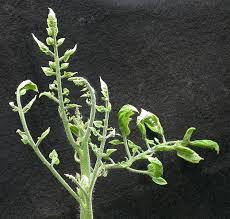Candidatus Phytoplasma:

Researchers have identified a new microbe called Candidatus Phytoplasma responsible for a peculiar disease that has been affecting the sesame fields of Midnapore in West Bengal.
- Candidatus Phytoplasma is a microbe with a cell wall lacking Mollicutes bacteria.
- It thrives in the nutrient-rich phloem and sieve cells of plants.
- Its transmission takes place primarily through phloem feeder insects (leafhoppers, plant-hoppers, psyllids, and dodders), which are known to infect many commercially valuable crops like Catharanthus, tobacco, maize, and grapevine.
- The manifestations of the disease are disfigurement and virescence of the floral parts, giving a leafy appearance.
- Sesame (Sesamum indicum L.) is the oldest indigenous oilseed crop, with the longest history of cultivation in India.
- Sesame or gingelli is commonly known as til (Hindi, Punjabi, Assamese, Bengali, Marathi), tal (Gujarati), nuvvulu, manchi nuvvulu (Telugu), ellu (Tamil, Malayalam, Kannada).
- It is a primordial oilseed crop since the remnants of sesame seeds were discovered at Harappa and Mohenjo Daro.




